Greeting, fellow marketers! Are you set for a superb 2023? ? With an ever-evolving landscape, keeping a pulse on the latest trends is vital. Our curated list of 17 marketing tips will take your strategies to the next level without using worn-out techniques or exhausting your budget. Say goodbye to outdated methods and hello to a fresh marketing vision for 2023!
In this unique blend of insights, we’ll dive into:
- Crafting compelling narratives for niche audiences ?
- Utilizing conversational AI to drive customer engagement ?
- Incorporating sustainable practices into brand communication ?
And there’s more in store, from influencer collaboration strategies to mastering the art of storytelling in the age of TikTok.

Your winning strategy isn’t complete without Plerdy — an indispensable tool for Conversion Rate Optimization (CRO) and User Experience (UX). Unleash its power to optimize your website and create intuitive experiences that keep users coming back. ?
So buckle up and prepare for a thrilling ride through the captivating universe of marketing in 2023. These top tips are destined to breathe life into your campaigns and inject a dose of the extraordinary into the ordinary. Let’s push the envelope together!
Understanding The Basics
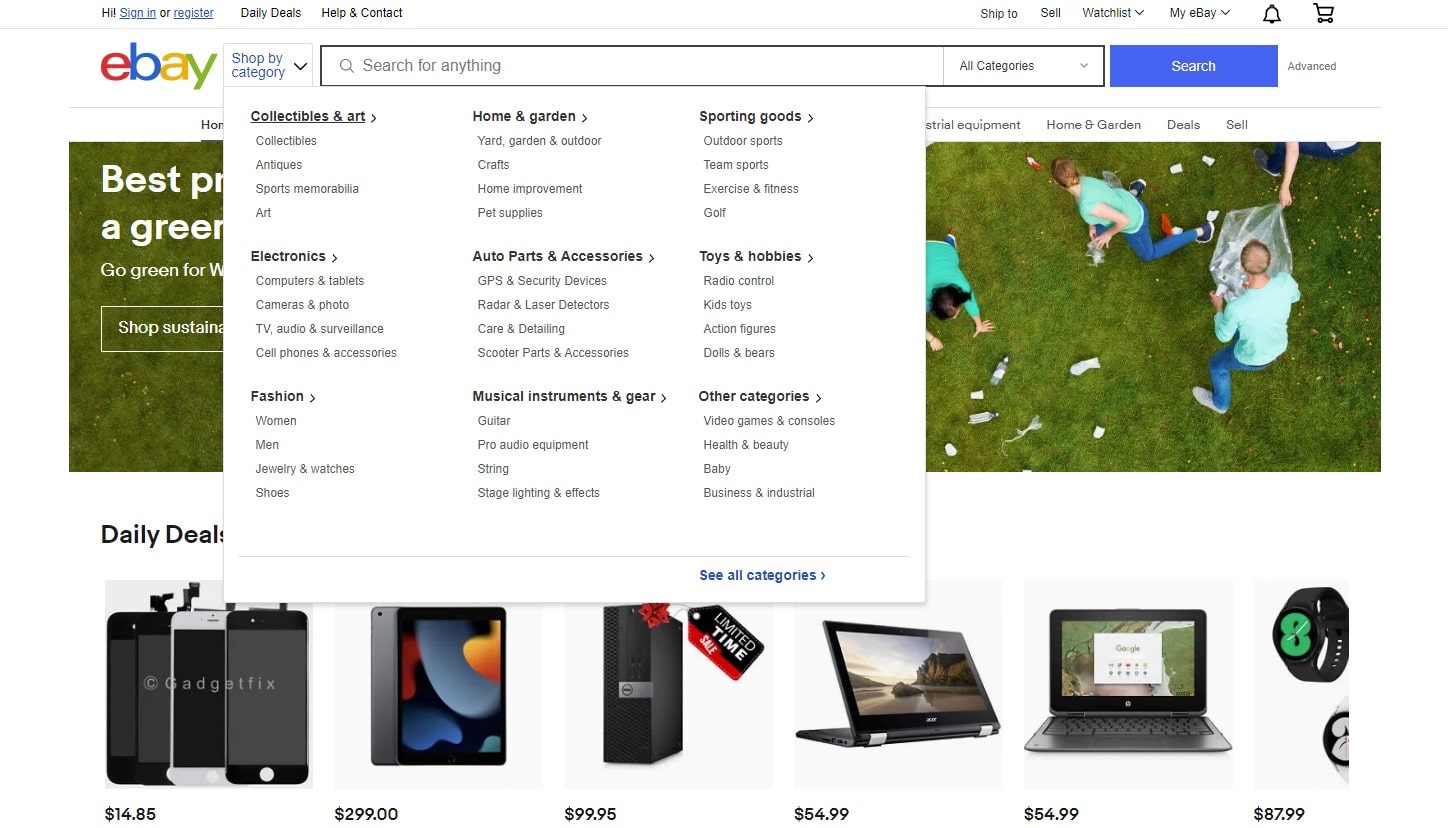
1. Know Your Audience
In the vast field of marketing, one paramount tip is to truly know your audience. Understanding your customers’ needs, preferences, and behaviors arms you with the insight to create tailored and impactful marketing strategies.
Let’s examine this principle through specific niches. Their preferences might lean towards local, artisanal, and eco-friendly products. In the fitness apparel sector, you could be catering to fitness enthusiasts who value functionality, comfort, and style in their workout gear. They might seek high-performance materials, innovative designs, or specific brands.
Knowing your audience facilitates meaningful interactions rather than generic mass messaging. It empowers you to:
- Craft personalized campaigns that resonate with your customers.
- Drive engagement by discussing topics of interest to your audience.
- Cater to their unique preferences, thereby promoting customer satisfaction and loyalty.
In essence, knowing your audience isn’t just a tip—it’s a cornerstone of effective marketing.
2. Set Clear Marketing Goals
In the domain of marketing, one salient tip often shared is the necessity to set clear, concrete marketing goals. Such goals provide direction, encourage strategic planning, and aid in evaluating your marketing success.
Let’s delve into examples from varied niches. Consider a boutique clothing store. Its marketing goal might be to increase brand visibility among local fashion enthusiasts by 30% in six months. This could involve launching a well-targeted social media campaign, establishing collaborations with local influencers, or hosting fashion events. If we pivot to a niche like organic food suppliers, the goal could be to expand customer base by 20% in a year. This might entail an emphasis on demonstrating the health and environmental benefits of organic food through educative blogs and webinars.
In the pursuit of clear marketing goals, keep these steps in mind:
- Define your goals: Be specific about what you wish to achieve and when.
- Make them measurable: Assign quantifiable values to track progress.
- Ensure they’re realistic: Your goals should be ambitious yet attainable.
- Align them with business objectives: Your marketing goals should support the overall business vision.
By setting clear marketing goals, you sharpen your focus, optimize resource allocation, and steer your efforts towards tangible outcomes. It’s not merely a tip—it’s an essential guidepost on your marketing journey.
3. Identify Your Unique Selling Proposition (USP)
An essential marketing tip lies in identifying your Unique Selling Proposition (USP)—the factor that sets you apart from the competition. Your USP communicates why customers should choose your brand over others and can significantly impact your brand perception and sales.
For instance, imagine a company specializing in vegan skincare products. Their USP could be their commitment to ethical sourcing and manufacturing, appealing to consumers who prioritize cruelty-free and sustainable choices. In the tech industry, a software developer’s USP might be their user-friendly interface and outstanding customer support, catering to businesses seeking hassle-free software solutions.
In carving out your USP, consider these steps:
- Analyze your brand: What special qualities or capabilities does your brand possess?
- Understand your competition: Identify what your competitors are offering and find your unique advantage.
- Communicate your USP: Once identified, articulate your USP in all your marketing efforts.
Identifying your USP isn’t just a marketing tip—it’s an indispensable component of your brand’s identity. An effective USP strengthens your brand positioning, helps guide your marketing strategies, and most importantly, resonates with your target audience.
Digital Marketing Strategies
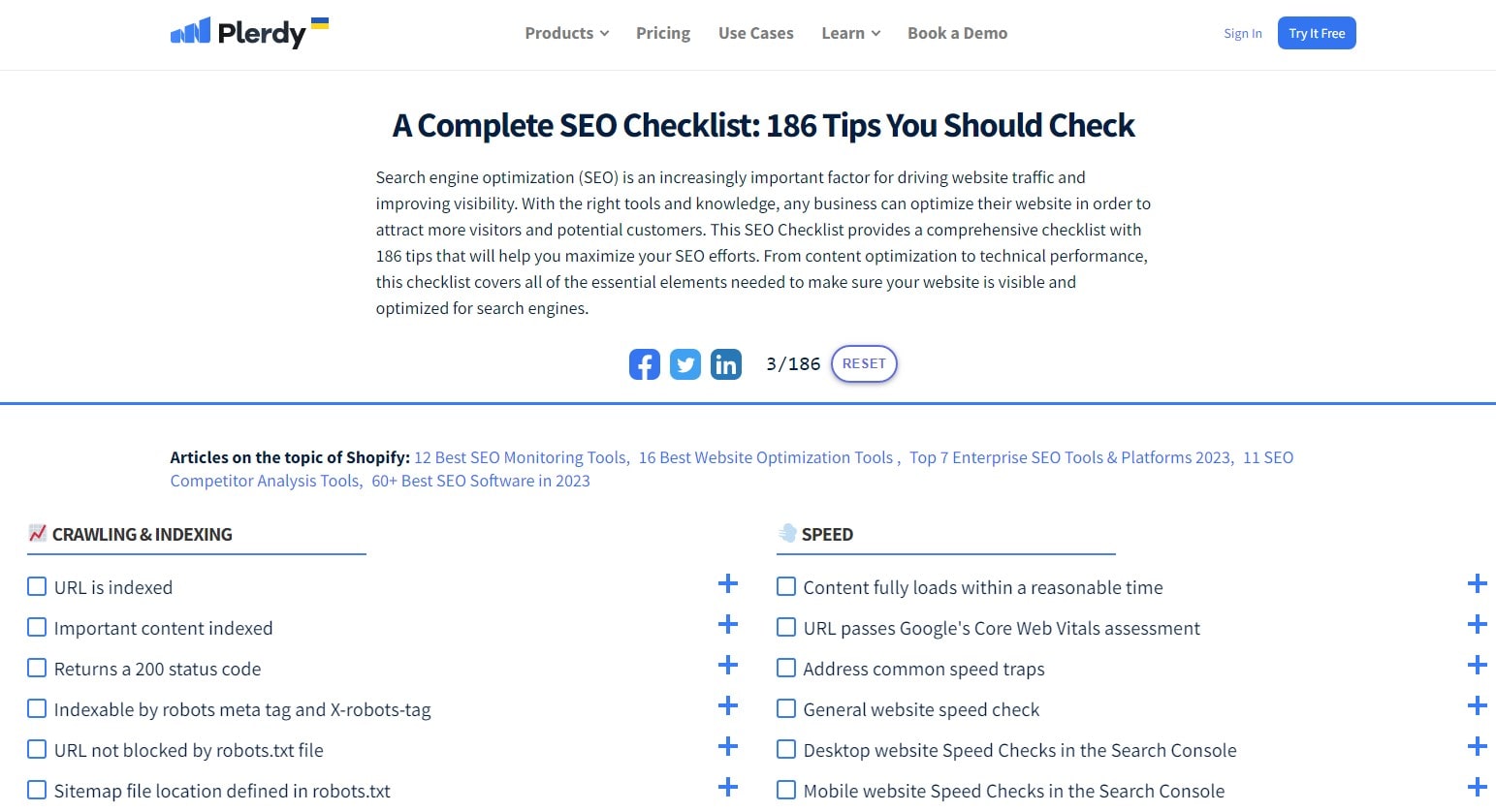
1. Optimize Your Website for SEO
A noteworthy marketing tip involves optimizing your website for SEO. This practice increases your site’s visibility on search engines, driving more organic traffic and consequently, potential customers to your site.
Consider a specialty coffee brand; an optimized website could include blogs about the coffee production process, tips for brewing the perfect cup, or the benefits of specialty coffee over regular coffee. This provides valuable content for coffee aficionados and improves search rankings.
Another example could be a fitness equipment retailer whose website contains workout guides, equipment maintenance advice, and other fitness-related content. This offers an informational hub for fitness enthusiasts, enhancing the site’s SEO.
Key steps to optimize your website for SEO include:
- Research and utilize relevant keywords: These are words or phrases that potential customers might use when searching for your products or services.
- Improve site loading speed: Slow websites discourage user engagement.
- Ensure mobile-friendliness: More people now access the web from mobile devices.
- Develop quality content: Relevant, helpful content builds your credibility and engages visitors.
By investing time in optimizing your website for SEO, you cast a wider net to attract prospective customers. And it’s not just a tip but a fundamental strategy for any business looking to bolster its digital marketing footprint and harness the power of organic search.
2. Engage in Content Marketing
In the sphere of marketing, a pivotal tip centers around engaging in content marketing. This strategy involves creating and distributing valuable, relevant content to attract, engage, and convert your audience.
Suppose you’re a travel agency. Your content marketing might involve crafting engaging travel guides, insider tips on popular destinations, or sharing customer testimonials and travel stories. In the financial services sector, your content marketing could involve publishing detailed guides on investing, offering advice on budgeting, or providing market analyses.
While embarking on your content marketing journey, adhere to the following key steps:
- Create valuable content: Strive to educate, entertain, or inspire your audience through your content.
- Distribute your content effectively: Use the right channels, like social media, newsletters, or your blog, to reach your audience.
- Consistently update your content: Keep your content fresh to engage your audience and encourage repeat visits.
Engaging in content marketing isn’t just a tip—it’s an influential tactic that helps build brand awareness, trust, and loyalty. Embrace content marketing to add depth to your marketing efforts and boost your brand’s impact.
3. Leverage Social Media Marketing
Harnessing social media marketing emerges as a potent marketing tip in today’s digitally-driven landscape. This strategy facilitates direct engagement with your audience, enables brand awareness, and cultivates customer loyalty.
Imagine a home decor brand leveraging Instagram’s visual appeal to showcase their products in well-curated home settings. This gives potential customers a sense of how the products would look in their own homes and encourages purchases. A tech start-up might use LinkedIn to share industry insights, product updates, or employee stories to establish industry credibility and attract potential partnerships or talent.
For an effective social media marketing strategy, consider these steps:
- Create engaging content: Mix promotional content with engaging, shareable posts to avoid seeming overly sales-focused.
- Interact with your audience: Reply to comments, share user-generated content, or host live sessions to engage your followers.
- Measure your results: Use analytics to measure your campaign’s success and adjust your strategy accordingly.
Leveraging social media marketing goes beyond a tip—it’s a key marketing strategy in our interconnected era.
4. Utilize Email Marketing
A crucial marketing tip to utilize in your arsenal is email marketing. This strategy allows you to reach your audience directly, keeping them informed about your latest offerings, and encouraging repeat business.
Let’s consider an online bookstore. They could use email marketing to recommend books based on previous purchases, announce flash sales, or share author interviews. This kind of personalized touch fosters loyalty among customers. Alternatively, a software company might employ email marketing to share tips for using their product, announce updates, or offer premium content like white papers.
Here are a few pivotal steps for successful email marketing:
- Build your email list: Offer something valuable in exchange for email addresses, such as a discount or free resource.
- Segment your list: Personalize your emails based on factors like customer behavior or demographics.
- Craft engaging content: Your emails should be informative, engaging, and offer value to the recipient.
- Test and tweak: Use A/B testing for subject lines, content, and call-to-actions to discover what resonates best with your audience.
Implementing email marketing goes beyond being a mere tip—it’s a compelling marketing strategy for building customer relationships. By engaging with your customers directly in their inbox, you build trust, foster loyalty, and stimulate repeat business.
5. Invest in Paid Advertising (PPC)
This tactic ensures your products or services get seen by the right audience at the right time.
Consider a trendy online clothing store that utilizes Google Ads for their new summer collection. They target specific keywords related to summer fashion, ensuring their ads appear when potential customers search for these terms. On the other hand, a local Italian restaurant might use Facebook ads to target locals interested in Italian cuisine, effectively reaching a potential audience that might not have discovered them otherwise.
Below are some essential steps for successful PPC advertising:
- Keyword research: Identify the most relevant and high-performing keywords in your niche.
- Create engaging ad copy: Your ad copy should be engaging, persuasive, and include a compelling call-to-action.
- Monitor and adjust: Regularly review your ad performance and adjust your strategy as needed.
Investing in PPC advertising is more than just a marketing tip—it’s a strategic move for businesses aiming to maximize their visibility and conversions in a competitive digital marketplace. By implementing this tip, businesses can tap into new markets, attract potential customers, and drive more conversions.
Offline Marketing Strategies
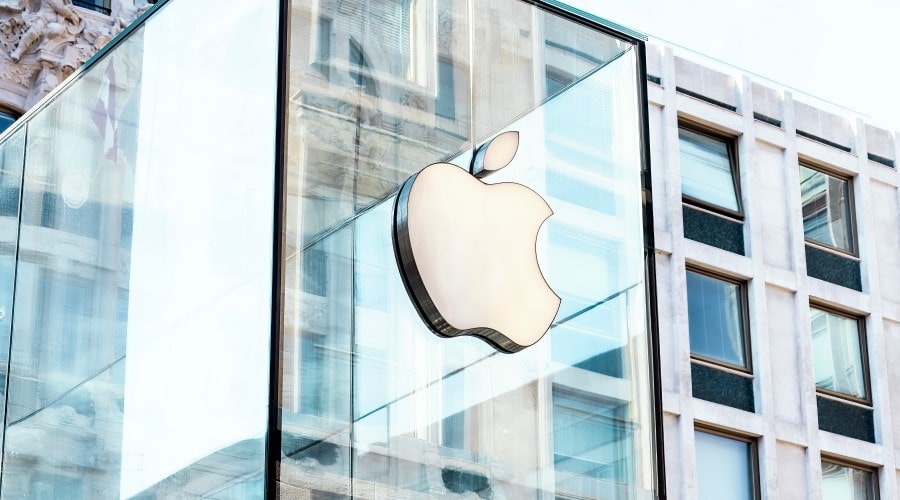
1. Network at Events
In the dynamic arena of business, networking at events stands out as a valuable marketing tip for professionals seeking to grow their brand. By attending industry events, you can establish connections, strengthen relationships, and increase brand awareness in a tangible and personal way.
Imagine a tech startup founder at a prominent industry convention. By making the most of networking opportunities, she forms strategic partnerships with software vendors, impresses potential investors with her business pitch, and engages directly with her target audience. Simultaneously, a travel blogger at a tourism fair can make connections with tour operators and hotel chains for potential collaborations and partnerships.
Here are some key steps to take when networking at events:
- Do your homework: Research the event, attendees, and key speakers in advance to prepare for meaningful conversations.
- Come prepared with business cards: A well-designed business card leaves a lasting impression.
- Master your elevator pitch: Clearly and succinctly convey what you do and what sets you apart.
- Follow up: After the event, reach out to the contacts you’ve made to strengthen those relationships.
In summary, networking at events is a classic yet effective marketing tip that enables businesses to build meaningful relationships, collaborate with like-minded professionals, and enhance their brand visibility within their specific industry.
2. Utilize Direct Mail Marketing
Direct mail marketing, though considered traditional, continues to hold a distinct place in today’s digital-first landscape. It offers a personal, tangible, and direct way to communicate with prospective and existing customers. For example, a luxury clothing boutique may send catalogs showcasing their premium collection to affluent neighborhoods, fostering intrigue and attracting potential customers.
It’s critical to note that successful direct mail marketing involves more than just sending out mass mailers. Here are some strategies to consider:
- Segment and Target: Cater your message to specific demographics based on data analysis.
- Craft Engaging Content: Well-written, compelling content can make your mail stand out.
- Personalize: Tailored messages often elicit a more positive response than generic ones.
- Track and Adjust: Monitor the success of your campaigns and adapt as necessary.
A craft brewery, for instance, could send personalized invitations for a beer tasting event to customers who frequently purchase their product. This tailored message would not only make the customers feel valued but also likely increase event attendance.
In conclusion, direct mail marketing is a useful marketing tip for businesses seeking to stand out from the digital noise. So, don’t discount this traditional marketing method, it still packs a punch in reaching your audience effectively.
3. Engage in Sponsorships and Partnerships
Sponsorships and partnerships afford an exceptional opportunity to broaden brand visibility, reach new audiences, and associate with reputable entities. Consider a health food brand partnering with a famous fitness instructor for a promotional event. It unites complementary audiences, creates mutual benefits, and enhances brand reputation.
Effective strategies for sponsorships and partnerships often include:
- Find Relevant Partners: Align with entities that share your audience but are not direct competitors.
- Mutual Benefit: Both parties should gain value to foster a sustainable relationship.
- Leverage Each Other’s Strengths: Harness the capabilities and resources of each partner for maximal impact.
- Consistent Communication: Maintain transparency and open dialogue to ensure smooth collaboration.
A coffee company could sponsor a local literature festival, allowing attendees to enjoy their products while linking their brand with a cultured, intellectual event. Or a tech startup might partner with a larger company for product integration, gaining access to a wider user base.
In essence, sponsorships and partnerships are powerful marketing tools that can propel brand recognition and customer acquisition. Engaging in these alliances can deliver substantial returns, creating synergies that benefit all parties involved. By implementing well-thought-out strategies and fostering meaningful relationships, your brand can grow and thrive.
4. Use Traditional Media Advertising
In the age of digital saturation, traditional media advertising stands as an enduring pillar of marketing strategy. Utilizing traditional platforms – TV, radio, newspapers, and billboards – can deliver tangible results, even for modern, digitally-native brands.
Here’s a blueprint for traditional media advertising:
- Identify Target Demographic: Ascertain which traditional media platforms your desired audience frequently engages with. For a luxury jewelry brand, high-end magazines might be the go-to medium.
- Craft Compelling Messages: Your advertisements must arrest attention, evoke emotion, and inspire action.
- Blend With Digital: Combine traditional advertising with digital campaigns for a holistic marketing approach.
Consider a restaurant chain running a TV commercial during a popular cooking show – the perfect mix of target audience and platform. Conversely, an indie music band might turn to radio advertisements during prime drive-time slots, capitalizing on a captive audience.
Deploying traditional media advertising is no retrograde step. It enables brands to reach audiences who might be elusive in the digital space, fortifying overall market reach. Integrating these conventional advertising methods with contemporary digital marketing tactics can yield a multifaceted, robust, and effective marketing strategy. Traditional media, when used aptly, remains a potent force in the marketer’s toolkit.
Maintaining Customer Relationships
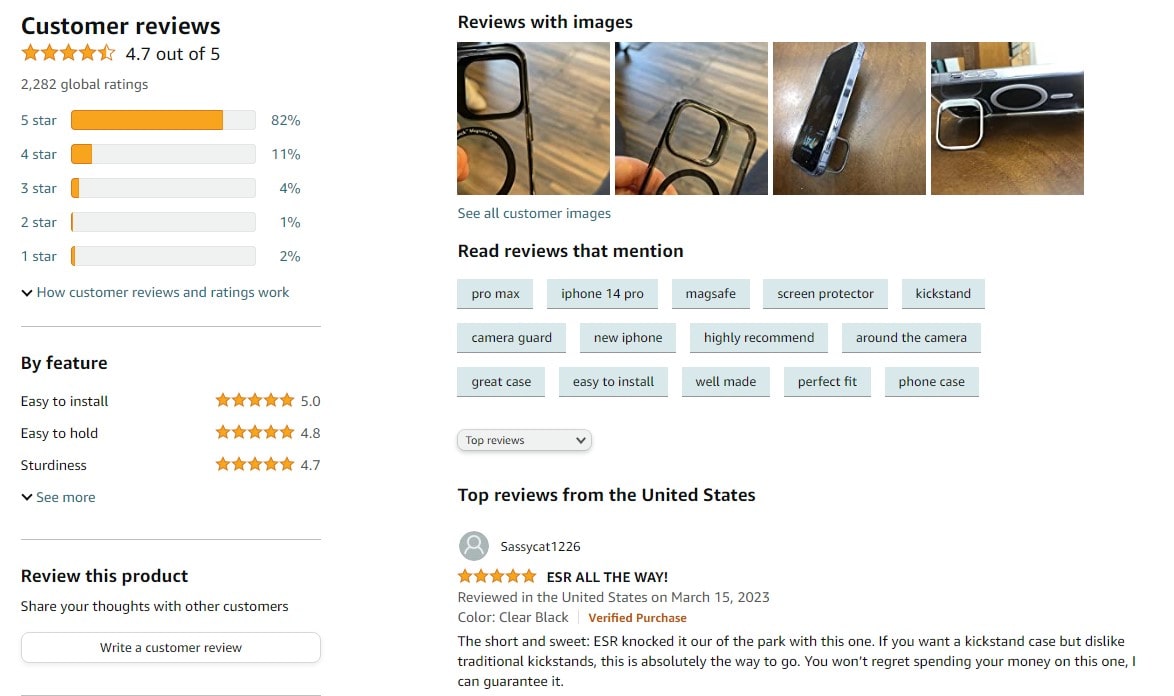
1. Prioritize Customer Service
The power to amplify your brand lies in prioritizing customer service. It’s an integral part of your marketing strategy that molds customers’ perceptions and fuels brand loyalty.
Let’s delve into key steps to prioritize customer service:
- Empower Your Team: Equip your staff with the right tools and training to deliver stellar service. For a software company, this might involve in-depth training on product troubleshooting.
- Personalize Interactions: Strive to make every customer feel valued. In a coffee shop setting, remembering a regular’s preferred order can be a simple but impactful gesture.
- Implement Feedback: When customers air grievances or provide suggestions, act on them.
Take a cue from a renowned hotel chain that customizes room arrangements based on guests’ preferences, turning first-time visitors into loyal patrons. On the flip side, an online clothing retailer offers easy, no-cost returns, showing commitment to customer satisfaction and fostering trust.
Indeed, exceptional customer service functions as a form of word-of-mouth marketing, with satisfied customers often recommending your brand to others. Prioritizing customer service pays off in the form of positive brand recognition, increased loyalty, and improved customer retention – cornerstones of a successful marketing strategy.
2. Develop a Loyalty Program
Developing a loyalty program is a savvy move in the marketing playbook. It’s a vehicle that motivates repeat purchases and fosters brand loyalty, bridging the gap between customer satisfaction and customer retention.
Here are pivotal steps to developing an effective loyalty program:
- Identify Your Goals: Do you aim to bolster customer retention or spur higher spending per visit? Your goals shape your program structure.
- Design Reward Structure: Offering a variety of rewards caters to different customer preferences. Consider tiered rewards – spend more, earn more – like in the fashion industry, where high-spending customers get exclusive deals.
- Promote the Program: Use different channels such as email marketing, in-store signage, and website banners to push your loyalty program.
Successful loyalty programs require continual refinement. A renowned airline, for instance, continually revamps its frequent flyer program to keep it engaging and rewarding for its members.
A robust loyalty program keeps your brand top-of-mind, encourages repeat business, and ultimately boosts the bottom line – encapsulating the essence of a remarkable marketing strategy.
3. Collect and Use Customer Feedback
Harnessing customer feedback offers invaluable insights that hone your business operations, product development, and marketing strategies. Encouraging feedback lets customers know you value their opinion, deepening their engagement with your brand.
Key steps for effective feedback collection and usage are:
- Employ Various Channels: Leverage social media platforms, feedback forms, and direct emails to facilitate easy feedback submission.
- Analyze Feedback: Discern patterns, trends, and recurring issues within the feedback. For example, a music streaming service might discover that its users crave a shuffle play feature based on user comments.
- Implement Changes: Act on feedback swiftly. This might involve modifying product features, tweaking service delivery, or refining communication tactics.
- Communicate Changes: Inform your customers of changes made based on their feedback, underscoring that you truly listen to their input.
The renowned brand Apple illustrates this concept effectively. They take customer feedback to heart, tweaking their product designs and interfaces based on customer suggestions and concerns.
To sum up, effective feedback collection and utilization are not just a marketing tip, but a crucial business strategy. It enables you to directly address customer pain points, refine your offerings, and communicate that you value customer input, fostering deeper loyalty and increased satisfaction.
4. Nurture Brand Advocates
Brand advocates hold immense power in swaying consumer opinions – after all, word-of-mouth can be the most compelling form of advertisement.
Strategies to cultivate and nurture brand advocates include:
- Stellar Customer Service: Deliver beyond expectations. Zappos, the online shoe retailer, is famous for its outstanding service, sparking a legion of loyal advocates.
- Engage on Social Media: Interact, react and share user-generated content. Coca-Cola’s #ShareACoke campaign thrived due to enthusiastic fan participation.
- Recognize and Reward: Acknowledge their efforts with exclusive deals, advance product previews, or simply a thank-you note. Starbucks’ Rewards Program is an excellent example of this.
By nurturing these advocates, you reinforce their connection with your brand, leading to increased word-of-mouth recommendations, positive reviews, and user-generated content.
When effectively carried out, nurturing brand advocates can transform your customers from occasional buyers into ardent ambassadors. Remember, genuine brand advocacy is about fostering meaningful relationships with your customers and nurturing those bonds over time.
Measuring and Improving
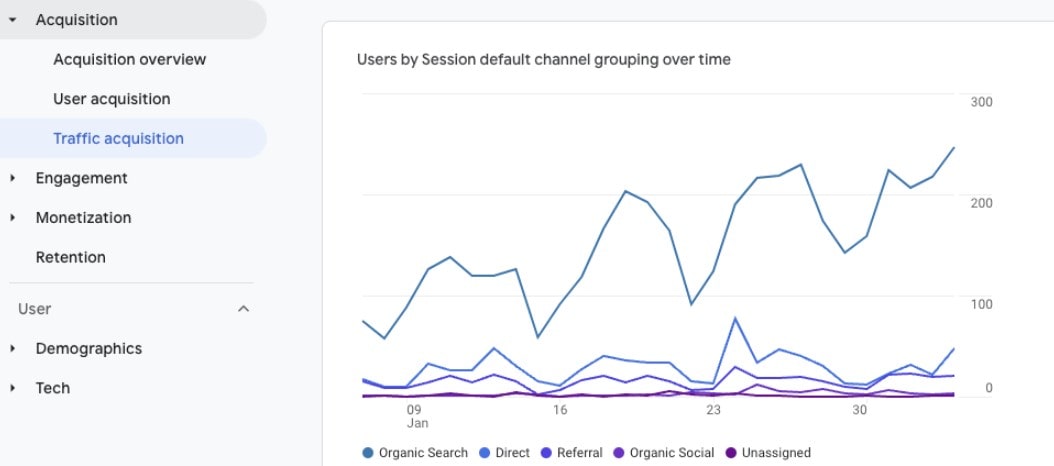
1. Monitor, Measure, and Adapt Your Strategies
Success in marketing is rooted in the ability to monitor your strategies, measure their impact, and adapt as necessary.
Consider these steps:
- Track Performance: Use tools like Google Analytics to evaluate the effectiveness of your strategies. McDonald’s, for instance, tracks its digital marketing campaigns closely, allowing it to understand consumer behavior better.
- Measure Results: Identify key performance indicators (KPIs) to evaluate progress. Nike uses KPIs like website traffic and conversion rates to measure the success of its campaigns.
- Adapt to Findings: Shift your strategy based on insights from your data. Amazon famously adapts its online algorithms to optimize consumer experiences and increase sales.
By vigilantly monitoring your efforts, you garner a wealth of data to inform your decisions. This data helps you understand what is resonating with your audience and what might need tweaking. Measuring the impact of your strategies provides concrete evidence of what works and what doesn’t – enabling you to invest wisely.
Adaptation is the cornerstone of success in today’s dynamic marketplace. Staying rigid in your strategies can be detrimental, especially when market trends, consumer behavior, and competitive landscapes constantly evolve.
This marketing tip underscores the importance of maintaining a flexible, data-driven approach to your strategies. By continuously monitoring, measuring, and adapting, you set your brand up for enduring success.
Conclusion
With our Top 17 Marketing Tips for 2023, jump into the booming marketing industry! One needs special approaches to distinguish from the competition during dynamic shifts in consumer behavior and digital environments. We can help you with everything from the hospitality industry’s use of influencer collaborations to increase brand awareness to the e-commerce industry’s use of real-time personalization.
Our exclusive guide offers:
- Tailored advice for different industries
- Cutting-edge techniques to engage customers
- Robust solutions for a sustainable growth strategy
No matter what sector you are in, using these marketing strategies in your campaign will improve the effectiveness of your brand. Plerdy is one tool that can improve your CRO and UX. Utilize Plerdy’s analytical data to enhance the functionality of your site and observe a noticeable increase in your conversion rate. Don’t hide in the background; stand out with our specialized marketing techniques. Look at our guide, and let’s make 2023 your best year ever! ? ?
